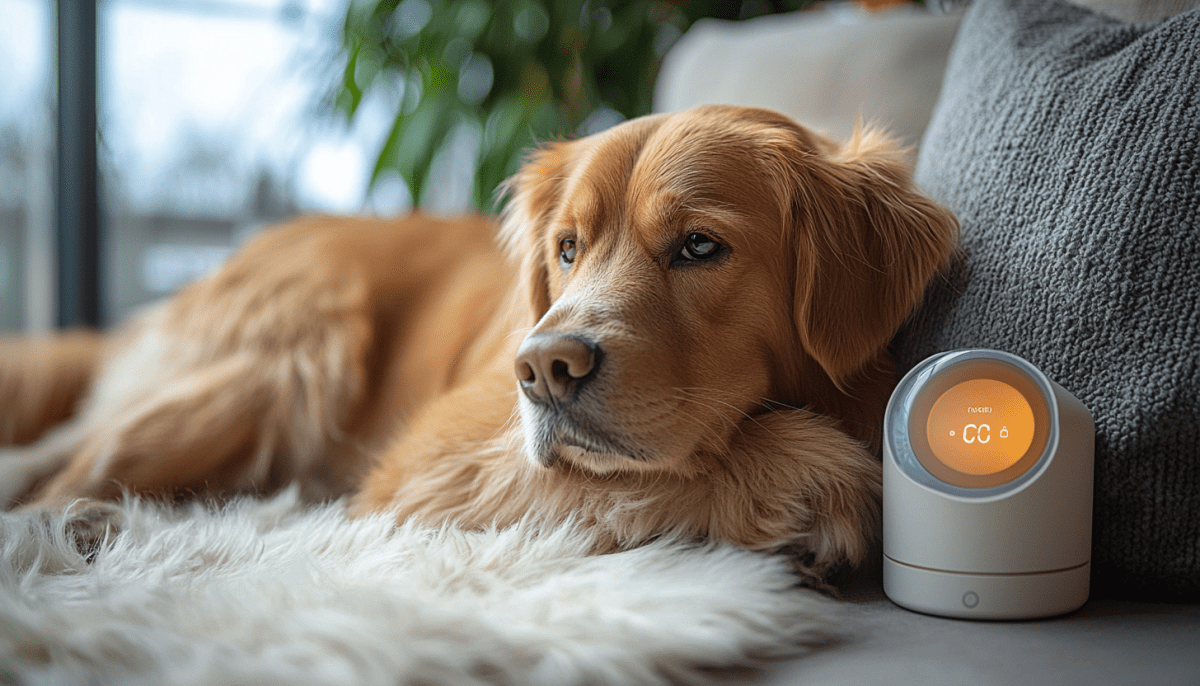When it comes to keeping your furry friends healthy, a pet temperature monitor can be a lifesaver. But with so many options out there, how do you choose the right one for your pet? Let’s break it down!
First, consider the type of pet you have. Different animals have varying temperature ranges. For example, a dog's normal temperature usually sits between 101°F and 102.5°F, while a cat’s is slightly higher, around 100.5°F to 102.5°F. Make sure you choose a monitor that’s designed for your pet’s species to ensure accurate readings.
Next, think about how you will take the temperature. Some monitors are designed for rectal readings, while others might use ear or forehead sensors. If your pet isn’t comfortable with certain methods, look for a monitor that fits their personality. For instance, cats might prefer non-invasive options since they can be more skittish.
Battery life is another factor to consider. You’ll want a monitor that lasts long enough for regular checks but doesn’t leave you scrambling for batteries every week. Many modern devices come with rechargeable options, which can be super convenient.
Lastly, check user reviews and ratings. Other pet owners often share valuable insights about their experiences. Look for feedback on accuracy, ease of use, and durability to help guide your decision.
How to Use a Pet Temperature Monitor
Using a pet temperature monitor is quite straightforward, and it can really help you keep tabs on your furry friend's health. To get started, make sure you choose the right monitor for your pet’s size and species. Some monitors are designed for dogs, while others work better for cats or smaller animals. Read the instructions carefully, as each device might have unique features.
Once you have the right monitor, you’ll want to prepare your pet. It's a good idea to get your pet used to the device before actually taking their temperature. Spend a few minutes letting them sniff it and become familiar with it. This can make the process smoother and less stressful for both of you.
When you’re ready to take the temperature, find a quiet spot where your pet feels comfortable. If it's a digital monitor, switch it on and follow the device's instructions for how to use it effectively. For most monitors, you'll either insert it rectally or use it in the ear. Make sure you’re gentle, and if your pet seems anxious, give them some reassuring words or treats.
After you’ve taken the temperature, be sure to clean the device properly according to the manufacturer's guidelines. Regularly checking your pet's temperature can help you catch any early signs of illness and keep them healthy and happy. Remember, a normal temperature for pets is usually between 100°F and 102.5°F, so if you notice anything outside that range, it might be time to consult your vet!
Signs Your Pet Needs Monitoring
Keeping an eye on your pet's health is super important, and that includes knowing when they might need a little extra monitoring. Here are some signs that can help you decide if it’s time to use a pet temperature monitor:
Being proactive about these signs can make a world of difference in your pet's health. Regular monitoring gives you peace of mind and helps catch potential problems before they escalate.
Benefits of Monitoring Your Pet's Temperature
Keeping an eye on your pet’s temperature might not be the first thing on your mind, but it can make a big difference in their health. Just like us, our furry friends can get sick or feel unwell, and a quick temperature check can help you catch problems early. Knowing their normal temperature gives you a solid baseline to work with. If you notice something off, you can act faster.
One major benefit is peace of mind. Having a pet temperature monitor at home means you can check your pet's temperature whenever you feel something isn't right. If they seem a bit sluggish or have a change in behavior, you can quickly take their temperature. This simple step can give you clues before you decide to call the vet.
Monitoring your pet’s temperature can also help during stressful times, like when they're recovering from an illness or after surgery. It gives you insight into their healing process and helps you know when they might need extra care. Plus, it’s a lot easier to spot a fever in an animal than you think! And if you need to visit the vet, having that temperature reading can give them important information about your pet's condition.
Lastly, using a temperature monitor can help you understand how your pet reacts to heat or cold. Some pets are more sensitive to temperature changes. Checking their temp can help you know when to take action, like moving them indoors on a hot day or bundling them up in the winter. It’s all about keeping your furry buddy safe and comfortable!



